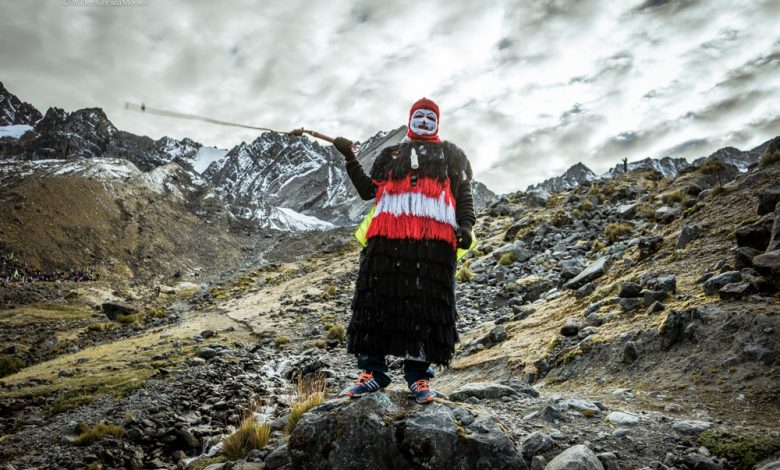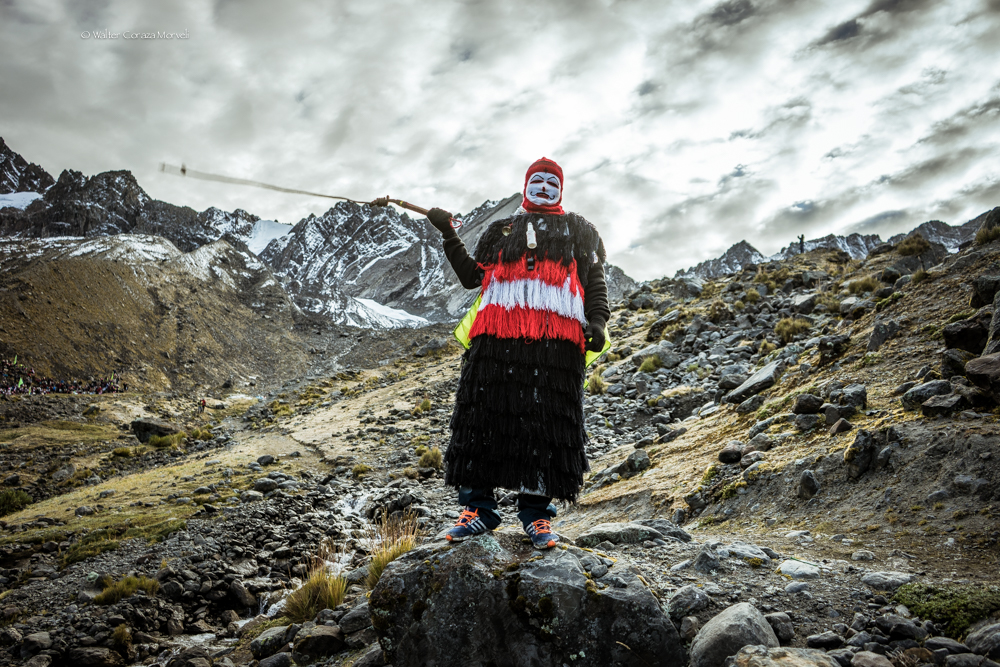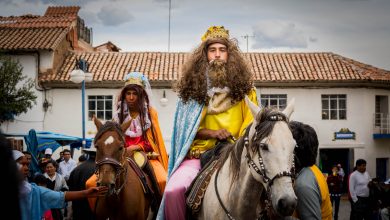Mountains and Men

I went to see the ballet, “The Legend of Mt. Timpanogos” which tells the story of the mountain that fills our skyline. The story starts with a people in the midst of drought and famine who choose, or it is her duty, the princess Ucanogas to be a sacrifice to appease the gods. Timpanac, a warrior, who greatly desires the princess, presents himself as a god. When the truth is revealed, he is turned into the Emerald Lake which is on the side of the mountain. She throws herself from the mountain as sacrifice, but inside the heart of the mountain, the two are joined forever. (reference)
Carolyn Dean of the University of California, Santa Cruz, in her article “Andean Androgyny and the Making of Men” tells many insightful tales of men, women and the relationships between them. In her retelling of the legends of Peru, men who desire women too much are often turned into lakes, which represent the ‘waters’ of their desire.
Explaining the importance of the stages through which men and women pass – from babies who has no sexual characteristics, through adulthood where the woman and male are seen as binary, to the later ends of life where women and men again assume an androgynous nature, there is a nonetheless a difference between the expectations for the sexes. Men must ‘perform’ their maleness while women ‘are’ female.
Men were supposed to act their maleness is certain prescribed ways, which included not taking advantage of women, despite the fact that sex was seen as domination. “This was, however, a peculiar representation of fertility, where the female principle was displaced by the enemy male warrior while sexual intercourse was presented as an act of coercive dominance.”
Further, Carolyn goes on to say, “In contemporary southern Andean society, the unsocialized, sexually aggressive and unrestrained young male is likened to the bear, an animal of the forested lowlands; young men dressed in bear costume for ritual performances speak in falsetto, imitating the adolescent boy’s cracking voice. Only when a young man enters into a union with a female complement, begins to procreate, and finally assumes full adult responsibility and kin obligations is he recognized as being like animals of the Andean highlands: first he is compared to the fox and then, as a fully responsible member of the community, to the puma.” (reference)

This idea is echoed in Quyllur’riti when the Ukuku, who is the offspring of a bear and a woman, plays the trickster, but is also an important part of the trek.

B. J. Isbell further, notes that ‘this signals the man’s transformation from sexually unbridled to socially reproductive, from self-gratifying to self-sacrificing for communal interests, from irresponsible to responsible.”
This idea of responsibility is also represented in the myth of the two Cañari brothers, Ataorupagui and Cusicayo, “who were the only two men to survive a great flood. One day, while they were away from their hut, sowing their land, they were left bread and chicha. After this occurrence was repeated, the brothers hid themselves near their hut and observed two Cañari women bringing them gifts of food. The brothers tried to capture the women but failed. Realizing they had done wrong, the brothers prayed to the Creator to let the women return, which He did. Shortly thereafter, the elder brother had forced sexual relations with one of the women; apparently, as a consequence of this rash and unapproved act, he drowned in a nearby lake. The younger brother married one of the women and took the other as his mistress. By them, he produced ten offspring; five of them comprised the moiety of Hanansaya, and the other five, the moiety of Hurinsaya, and from them all Cañari descended.”




